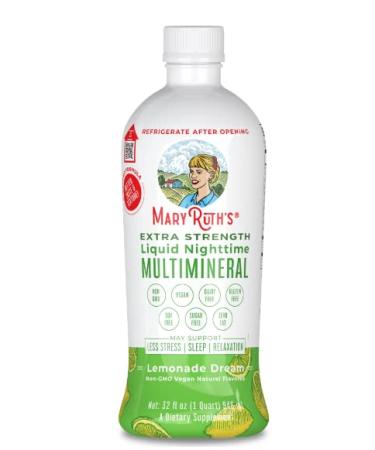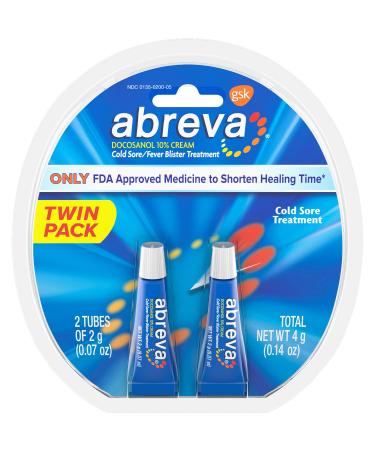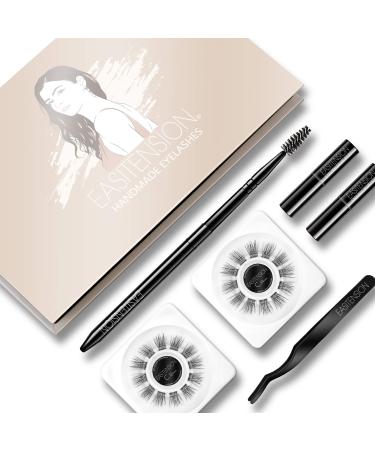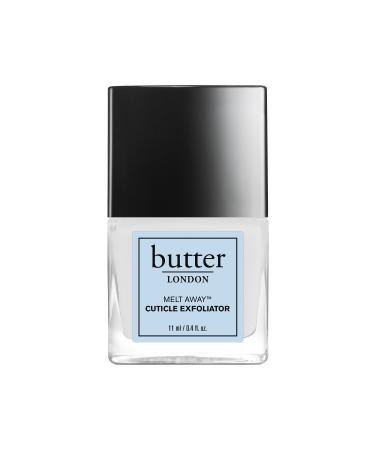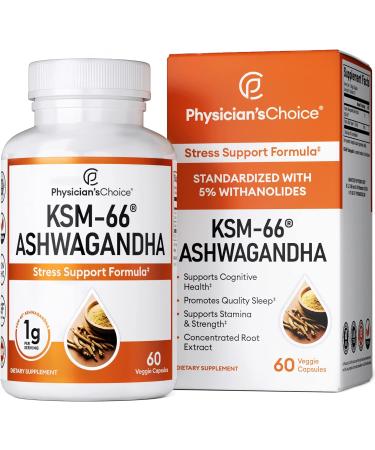Felicia Small Mini Puppy
Why Low-Grain and Hypo-Allergenic Felicia ?
- To ensure that our lovely friends are fed in accordance with their natural living conditions and live healthier, we, together with our nutritionists,
- hypoallergenic with reduced grain content We have prepared a special formula.
- Felicia, with highly digestible animal protein sources, has been specially developed to address digestive and allergy sensitivities.
- Free of beef, dairy products, wheat, soy, potatoes, artificial sweeteners, colors, chemical flavors, and other ingredients associated with allergic reactions.GMO-free!
- Felicia Small Mini Puppy:
- Developed to meet all the daily nutritional needs of small breed puppies during the transition from mother's milk to food and into adulthood.
- This period, when our little friends' protective and digestive systems develop, is the most important stage of their lives.
- The hypoallergenic formula, specifically developed to combat food sensitivities, offers maximum protective benefits.
- Felicia Small Mini Puppy contains an optimal protein source from real lamb.
- In addition EPA (Eicosapentaenoic) and DHA (Docosahexaenoic) fatty acids contribute to the development of a healthier heart, brain, and nervous system.
With regular consumption:
- Our lovely friend's
- immune system is strengthened,
- stool volume and odor are reduced,
- strong and shiny fur is formed,
- urinary tract and kidney health are protected,
- digestibility is increased, and a dynamic body structure is achieved.
Ingredients:
- Dried lamb protein ()),
- Hydrolyzed boneless lamb protein (!),
- Baldo rice, corn, refined chicken oil, peas, anchovy meal, brewer's yeast,
- Anchovy oil, carob, nucleotide yeast protein, dried sugar beet,
- Minerals, prebiotic mannan oligosaccharides, seaweed,
- Blueberry powder, Yucca extract, Psyllium, Marigold powder.
Analytical Components:
- Protein: 0
- Fat Content:
- Crude Ash: 8
- Crude Fiber: 2.2
- Omega-6: 3.6
- Omega-3: 0.75
Vitamins and Other Supporting Ingredients:
- Vitamin A (E672): 30,000 IU kg
- Vitamin D3 (E671): 1,800 IU kg
- Vitamin E (3a700): 480 mg kg
- Vitamin C: 240 mg kg
- Niacin: 24 mg kg
- Copper (as Sulfate): 15 mg kg
- Zinc (as Sulfate): 80 mg kg
- Zinc (as Chelate): 20 mg kg
- Manganese (as Sulfate): 27 mg kg
- Selenium (as Selenite): 0.26 mg kg
- Glucosamine: 1,000 mg kg
- Chondroitin: 700 mg kg
- EU-approved oxidants
TRANSITION PROCESS DURING CHANGING FOOD:
- You should always transition your pet to a new food gradually.
- Suddenly changing your pet's food can cause health problems.
- Gradually mixing the new and old food is important to allow the digestive system and metabolism to adapt to the new feeding pattern.
- This gradual transition will help reduce the likelihood of developing stomach upset and stomach cramps following the food change.
- To prevent your pet from having trouble adapting to a new habit,
- You should gradually introduce the new food over a period of one week.
- Each day, you should increase the proportion of the new food and decrease the proportion of the old food.
- You should never add homemade food to the diet during the transition to the new food.
- For your pet that's fussy about food,
- Try feeding the new food from your hand like a treat.
- Always have clean, fresh water available alongside the food.
- Your pet should not be left hungry when starting a new food.
- When you start a new food, constantly check your pet's stool,
- Energy levels, and signs of possible allergies and gastrointestinal distress.
- First 3 Days25 new food 75 old food
- Second 3 Days50 new food 50 old food
- Third 3 Days75 new food 25 old food
- Fourth After 3 Days100 new food



